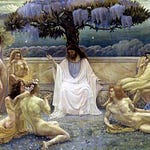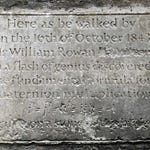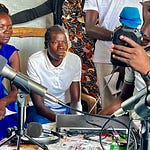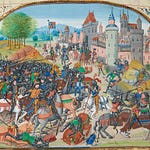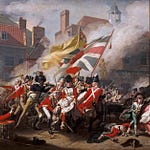Originally published on October 14, 2020 (Episode 181)
Introduction
Each year tens of thousands of members of the Church of Jesus Christ of Latter-day Saints visit sites across the United States, like the recreated town of Nauvoo on the Mississippi River, or “This is the Place” Heritage Park, just outside Salt Lake City. Thousands of young church members push handcarts across the plains—or up over the nearest hill—dressed in 19th-century clothes.
Sara Patterson argues that “as the Latter-day Saints community globalized in the late twentieth and early twenty-first centuries, its relationship to space was transformed. Contemporary Mormons still want to touch and to feel the principles of their early church, so they mark and claim the landscapes of the American West with versions of their history carved in stone.”
About the Guest
Sara M. Patterson is Professor of Theological Studies at Hanover College in Hanover, Indiana. A scholar of religion, space, and memory, she is the author of Pioneers in the Attic: Place and Memory Along the Mormon Trail (Oxford University Press, 2020), which explores how Latter-day Saints have shaped and reshaped the meaning of place across the American West.
For Further Investigation
Sara M. Patterson, Pioneers in the Attic: Place and Memory Along the Mormon Trail (Oxford University Press, 2020)
LDS Church Pioneer Trek reenactments (youth handcart expeditions)
Listen & Discuss
What do you think about the way landscapes shape—and are shaped by—religious memory? Share your thoughts in the comments, and forward this episode to a friend who might be interested in the history of Mormonism.




